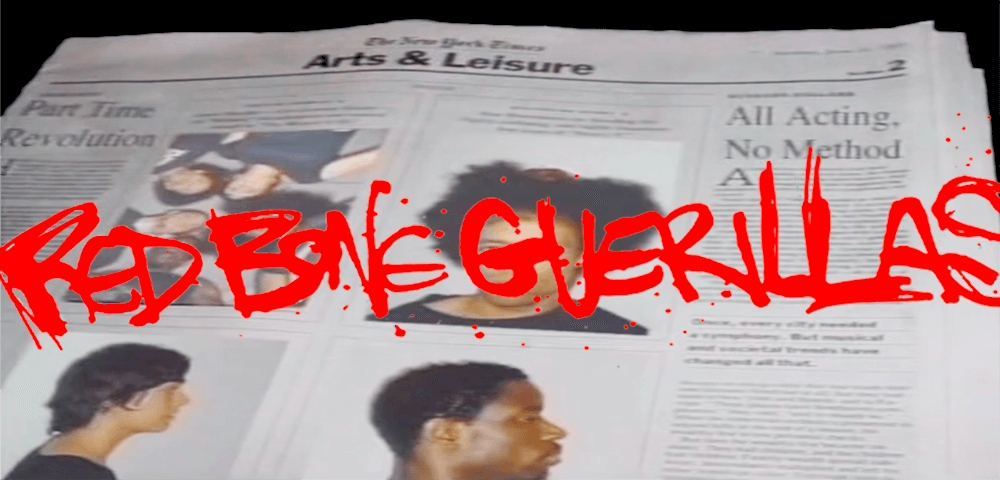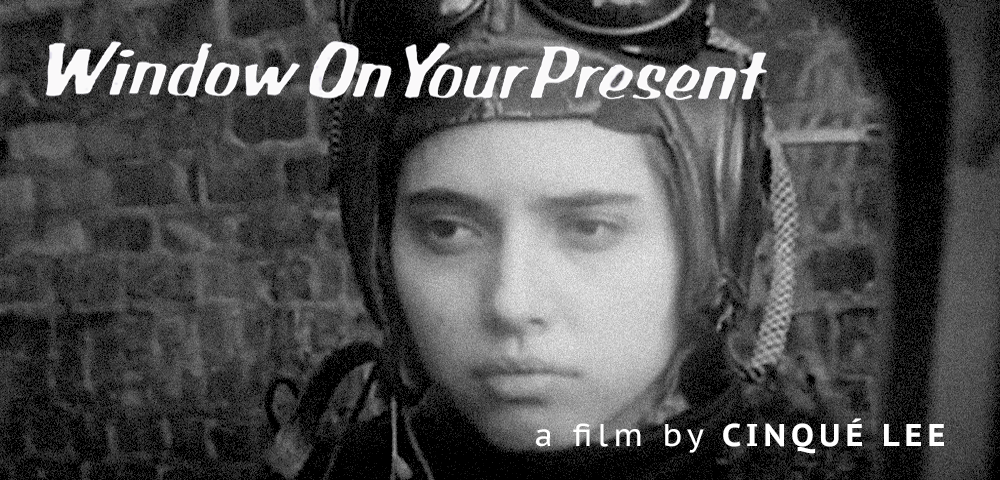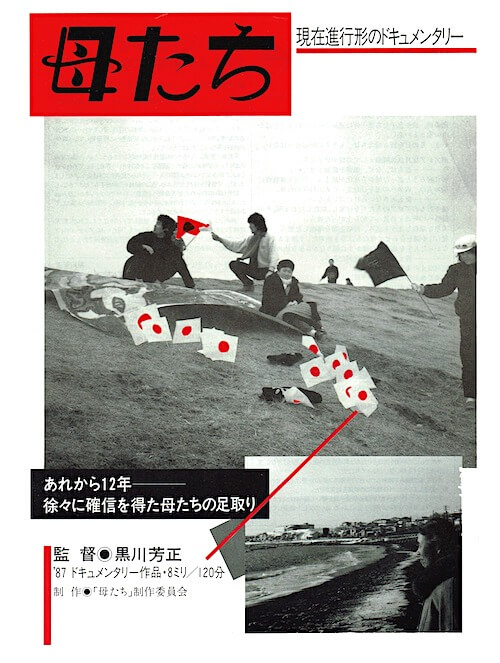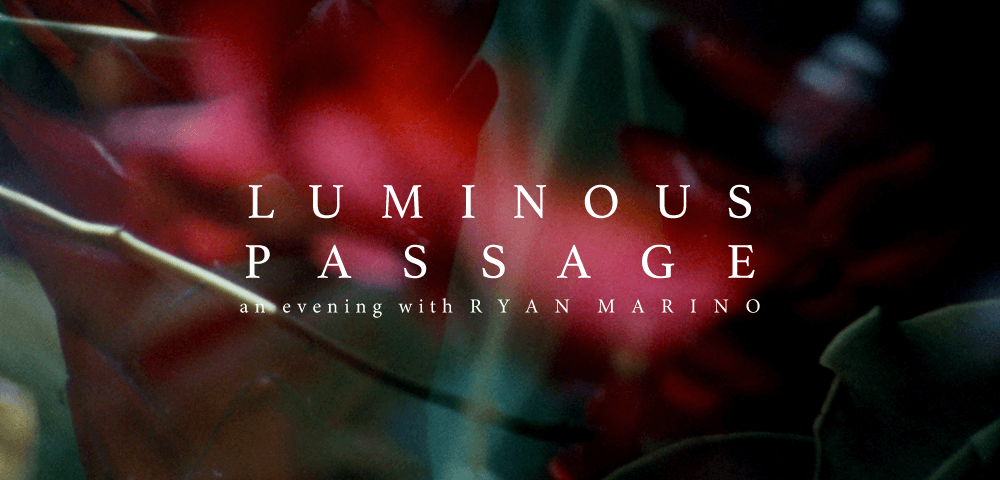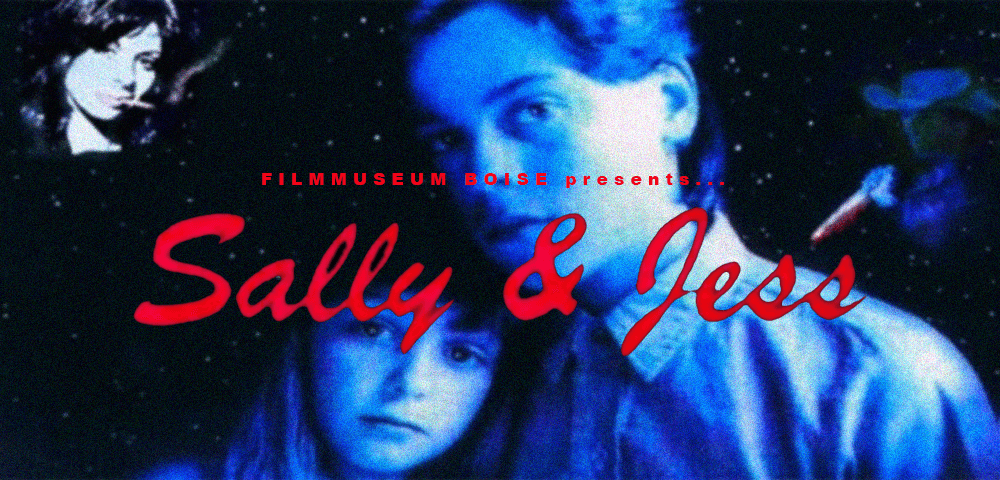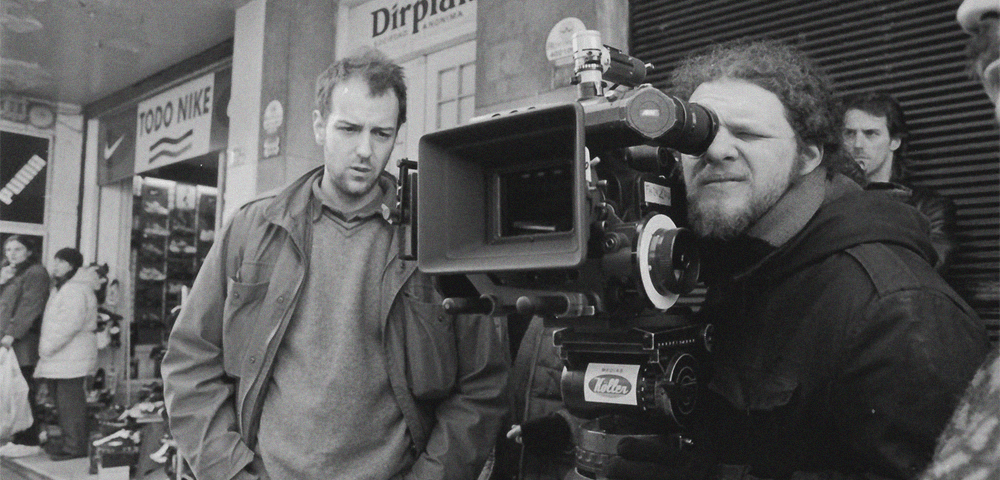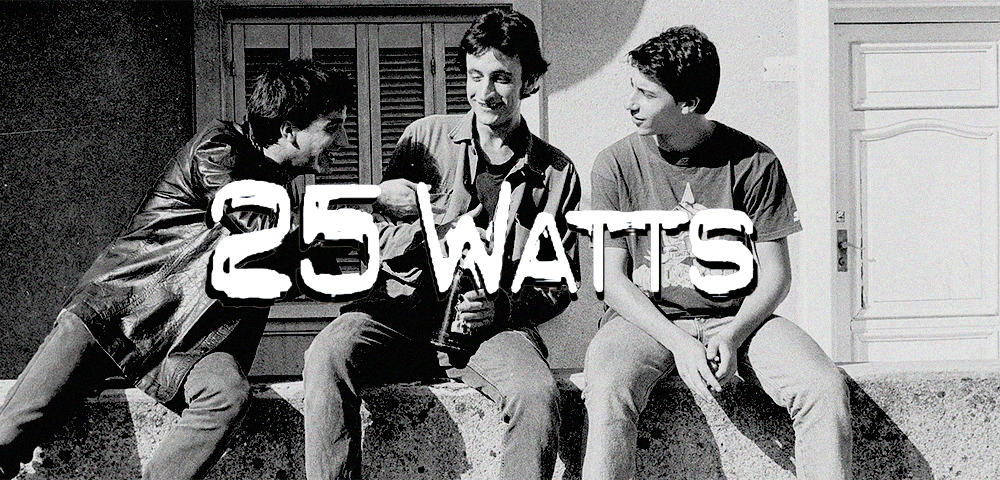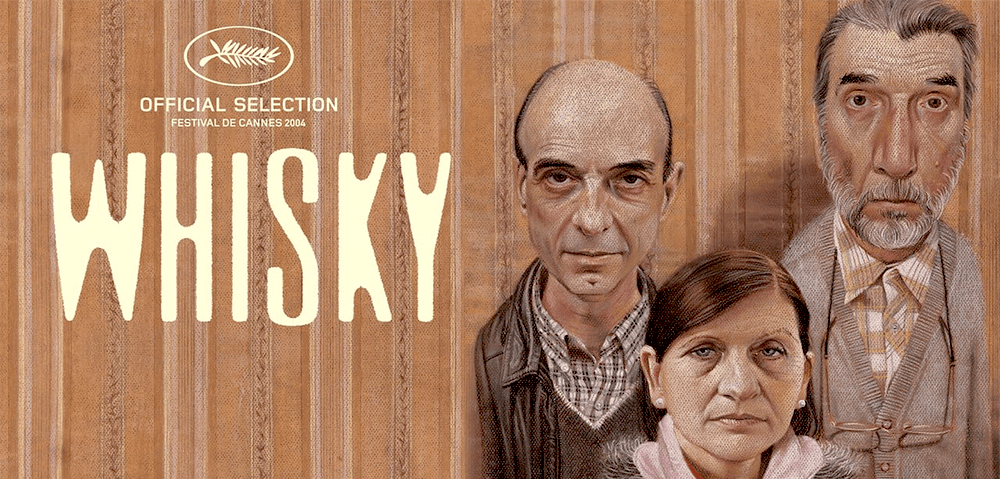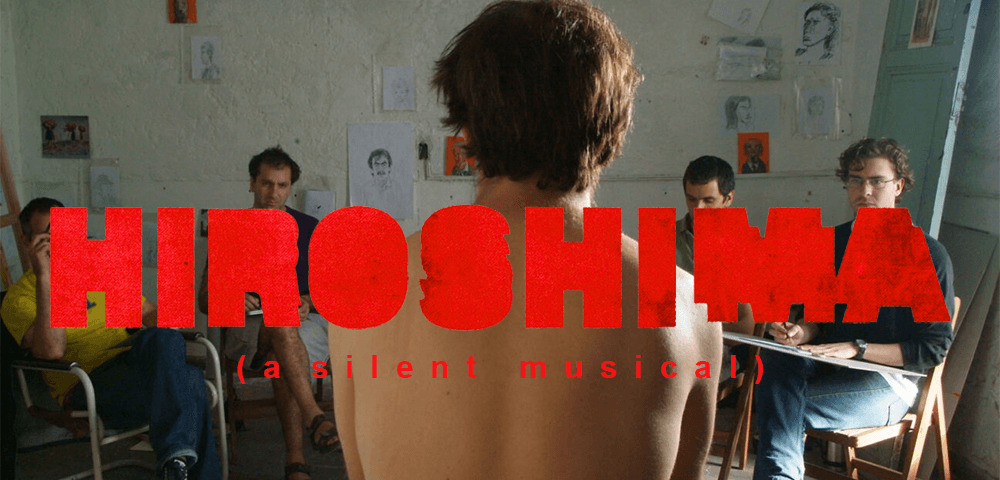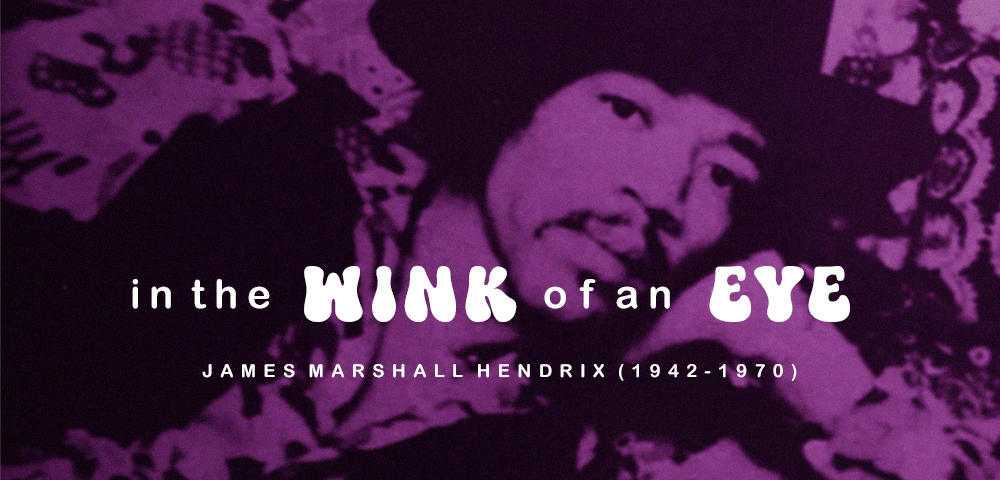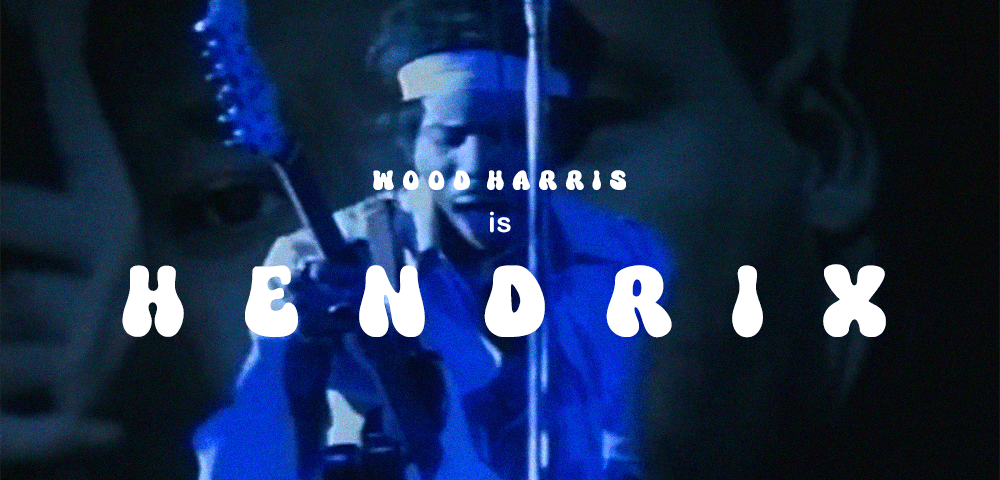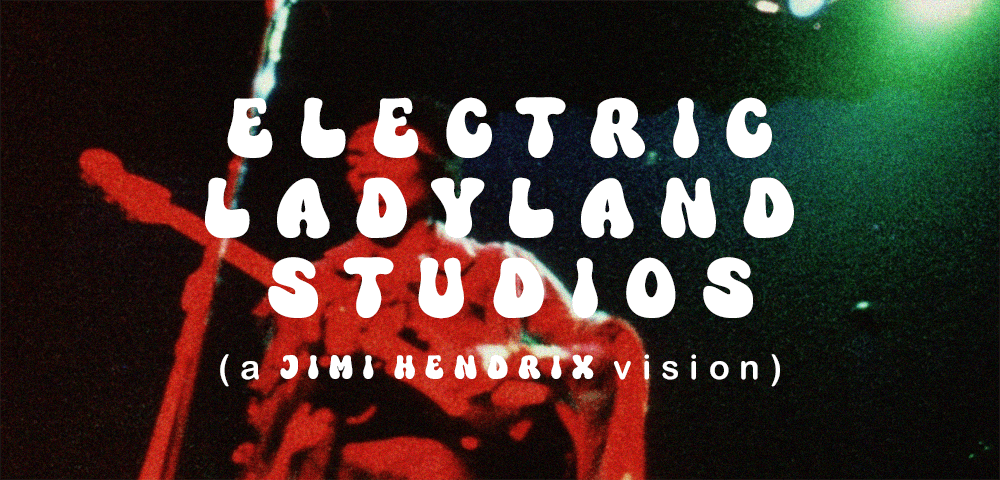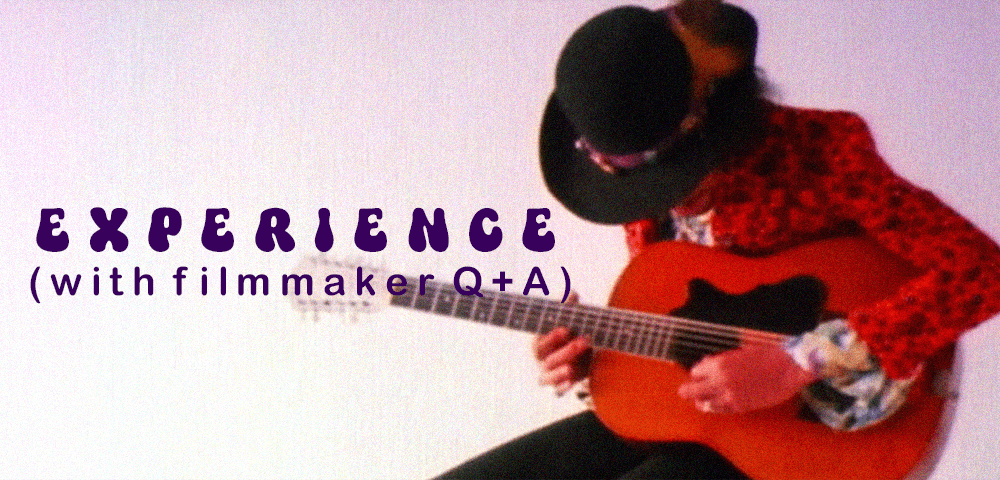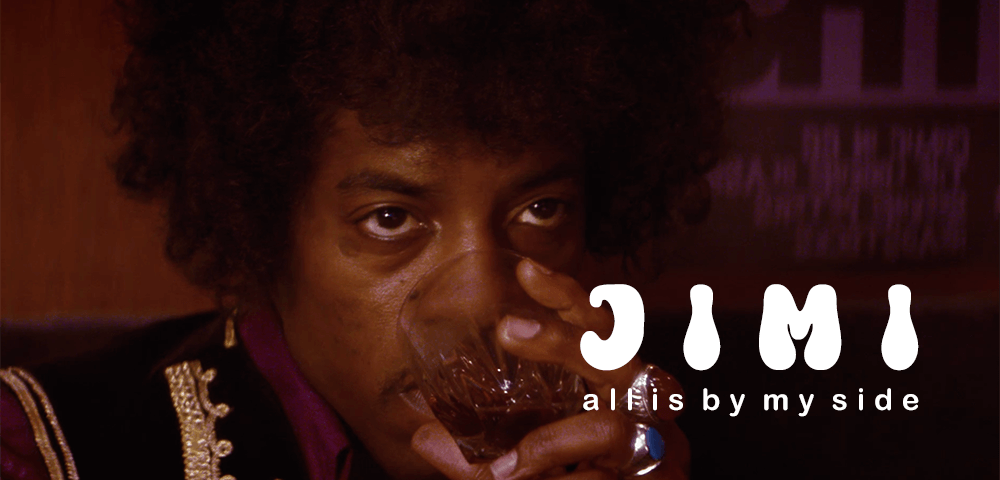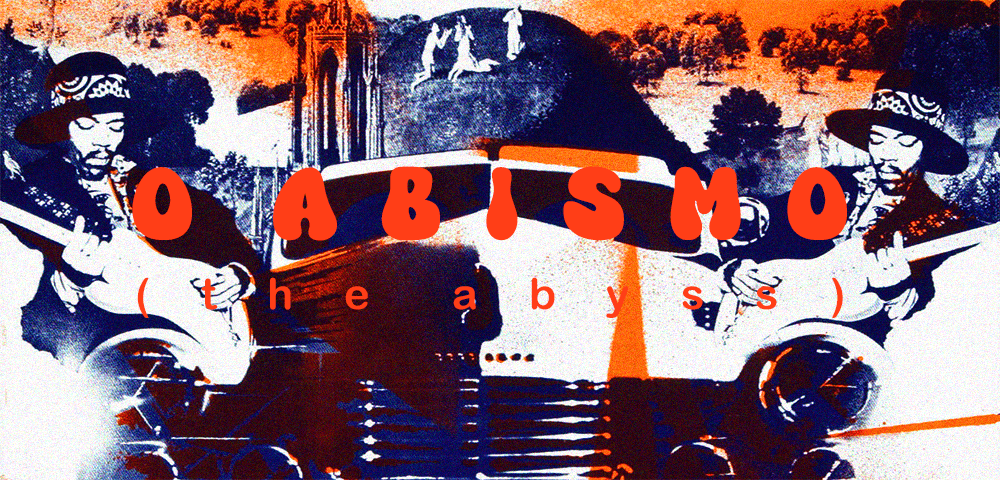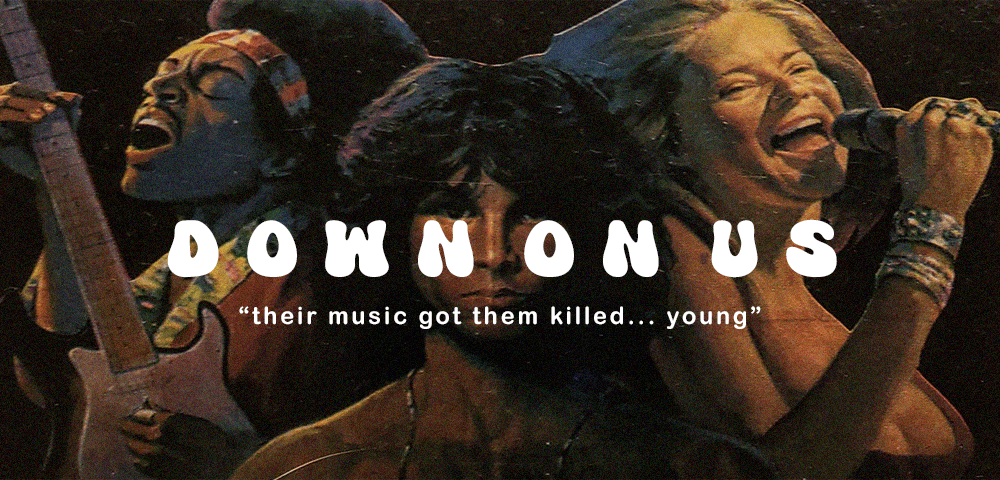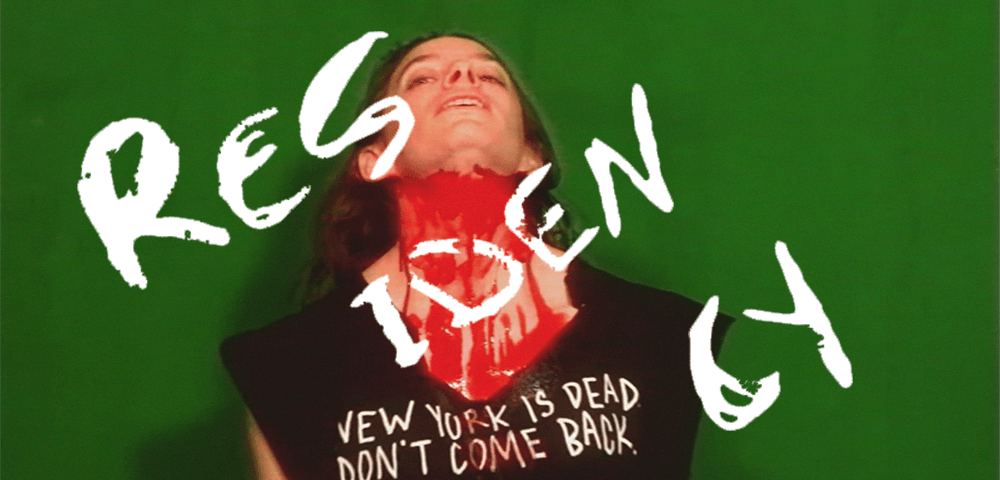
In the spirit of previous collaborations with filmmakers like Lev and Whitney, Nuotama Bodomo and James Edmonds, Spectacle invites Seattle-born filmmaker KERSTI JAN WERDAL to join us for two nights this April. The first program on April 18th is a presentation of short-to-medium-length works spanning the last ten years, culminating in the New York City premiere of her latest short, TEST PIECE; the second, on April 19 is the New York City premiere of Werdal’s feature debut LAKE FOREST PARK.
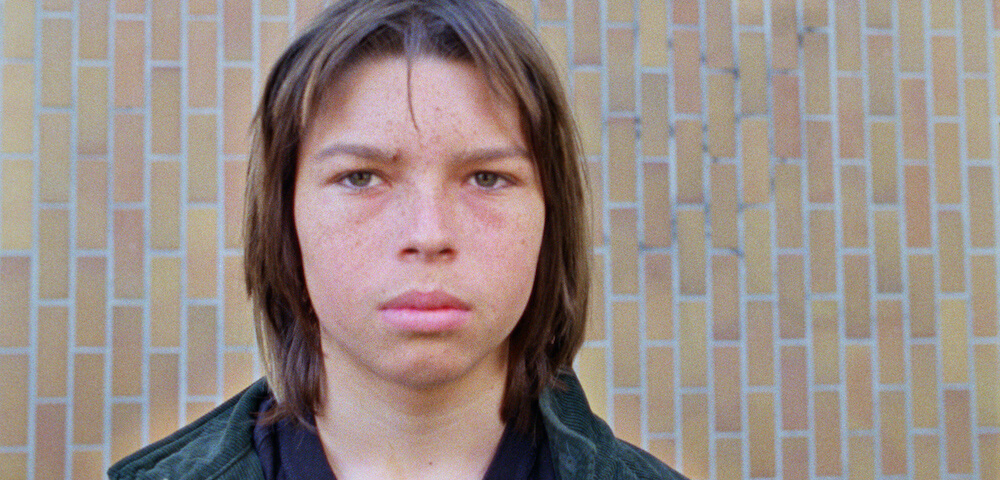
WORK 2017-25
dir. Kersti Jan Werdal, 2017-2025
80 min. In English.
United States.
FRIDAY, APRIL 18 – 7:30 PM followed by a discussion with Kersti Jan Werdal moderated by film curator Inney Prakash
ONE NIGHT ONLY!
TICKETS
This program of selected short films demonstrates the evolution over the past decade of Kersti Jan Werdal’s mastery of film form, her eye for composition, her historical fascinations and the interdisciplinary nature of her overall approach to cinema. WORK 2017-2025 spans documentary, reenactment, essay and dance films, culminating in the juxtaposition of 2017’s CEDAR ROSE (which forms a perfect complement with Werdal’s haunting debut feature LAKE FOREST PARK due to its use of archival material and its Pacific Northwestern locale) and her latest film TEST PIECE.
“Spending hours and hours over large stretches of time with objects, ephemera, photographs, and artworks which encompass a person’s life, I began to consider the concept of an archive, and how the elusive slippery elements of memory can be imposed upon materials and live on once the person has passed. As the archive takes shape, what’s required is a person or institution making a choice of what is kept or discarded, reflecting and informing a history which can be accurate to that history or not. I feel this is similarly tied to field-work, and the role of the anthropologist, which is impossibly problematic. Things are left out, often one or just a handful of viewpoints are reflected, and what’s left is something which many present as objective, which is in truth, inherently subjective. I feel this is also why I tend to avoid the term documentary, I’m not sure it exists, or rather – if the term holds the same meaning that it used to. I’m always considering this when making and think it’s partially why archival materials wind up in my work.” – Kersti Jan Werdal, interview with the Grand Cinema
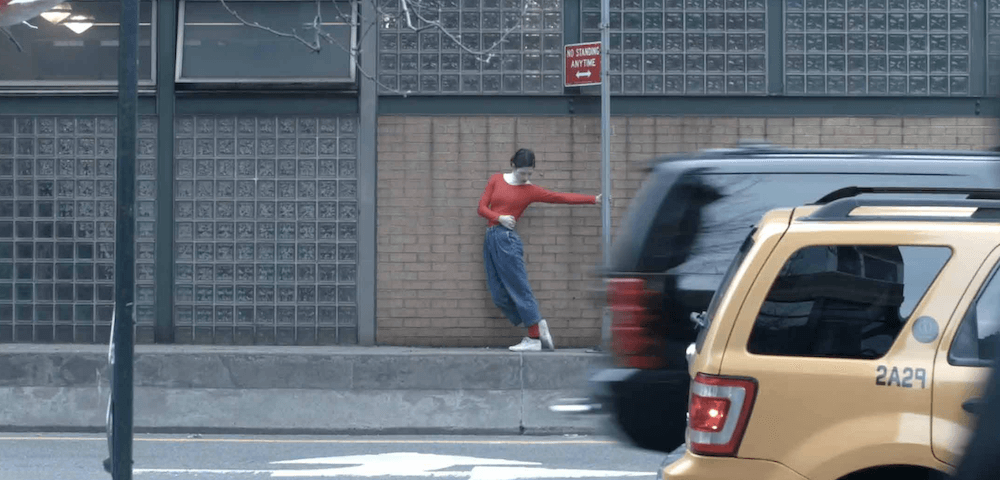
SLOW SHAPES
2017. 12 min.
Shot in Manhattan, Brittany Bailey uses sidewalks and roadside monuments as a proxy for a stage, or dance studio. Her body creates improvised shapes utilizing the negative space between limbs, concrete, vehicles, and locals walking to where they are going.
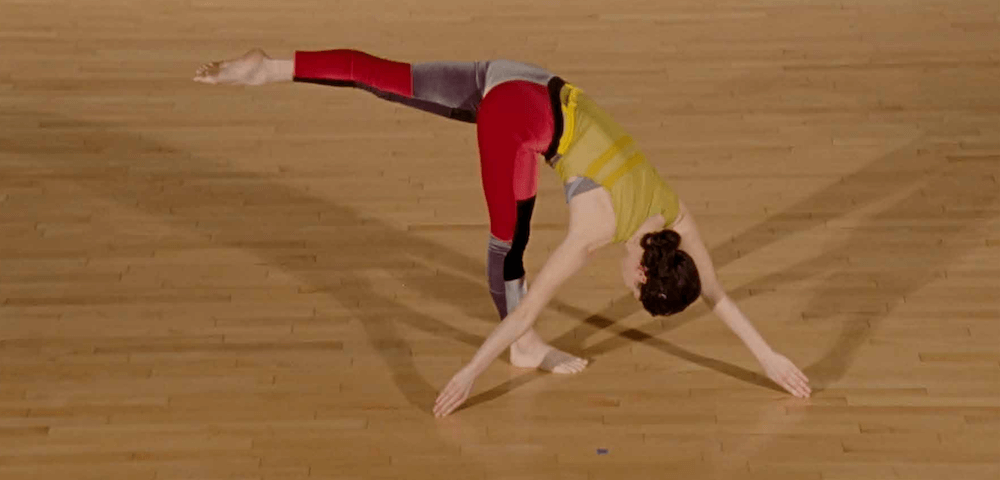
PROMENADE
2018. 15 min.
PROMENADE is an observational portrait of dancer-choreographer Brittany Bailey, as she prepares to debut a new work at Judson Memorial Church. The film engages with archival possibility, while interrogating if or how performance, a live time based medium, may be represented in the memory of moving image.
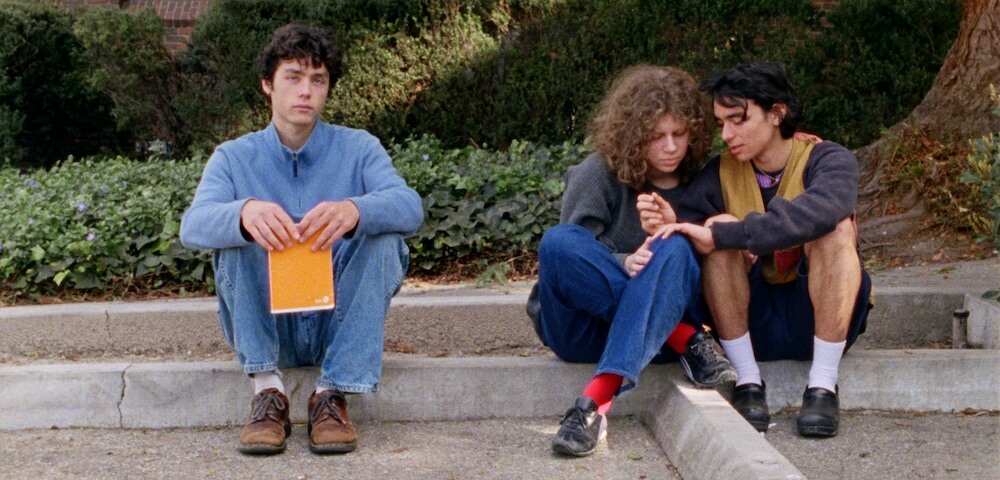
I CANNOT NOW RECALL
2023. 15 min.
In I CANNOT NOW RECALL, Kersti Jan Werdal guides the viewer through a selection of Yvonne Rainer’s dreams, chosen by the filmmaker from a collection of Rainer’s journals archived at The Getty Museum. Constellated first through Werdal’s selections, and then refracted through the readings of a street-cast filmed in LA High Memorial Park, Rainer’s dreams appear as nodes on an anxious psychic ecosystem. As the material distills from private reflection into script into performance, what emerges is a vital interchange between desire and disquiet. References to the medium of film seem to further entangle the relationship between filmmaker and subject, as well as the relationship between film and viewer. Joined by doubles and guides, in unfinished buildings and the depths of outer space, the dreamer explores her subconscious with a probing appetite for expansion and wholeness – but who the dreamer is exactly remains an open question.

CEDAR ROSE
2017. 8 min.
“In CEDAR ROSE, Werdal’s approach provides a productive space in which a forgotten language and archive is presented as it is, without being explained or argued. Werdal allows for this dark margin of the archive, as Trond Ludemo describes it, this gap, in her bold decision of only having archival footage of the seemingly mundane language course coupled with her observational shots of the land the tribe was erased from, bearing the weight of landscape and the consequences and effects of accelerated technology and capitalism. However, Werdal does not explain this approach, and so there is a respect to the culture as it is and was through the opacity Werdal allows it in her film.” – Lucy Kerr
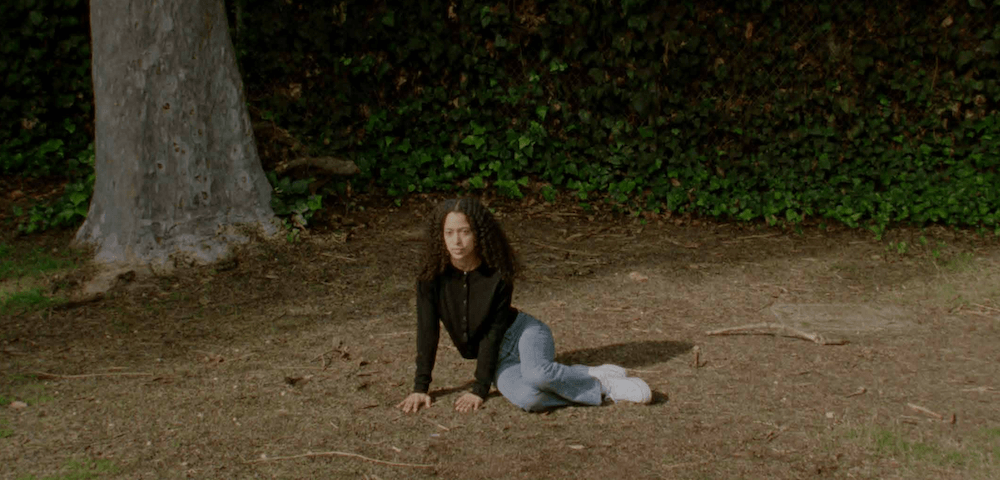
TEST PIECE
2025. 19 min.
Kersti Jan Werdal’s TEST PIECE dismantles cinematic conventions through a disjunctive, non-narrative layering of images, sounds, and text. From an archer in a natural landscape to a theatrical dark void where sounds are described rather than heard, and finally to a diverse collection of source texts narrated in a park, TEST PIECE constructs a dynamic and evolving cinematic space that invites viewers to critically engage with the film’s conceptual and intellectual potential.
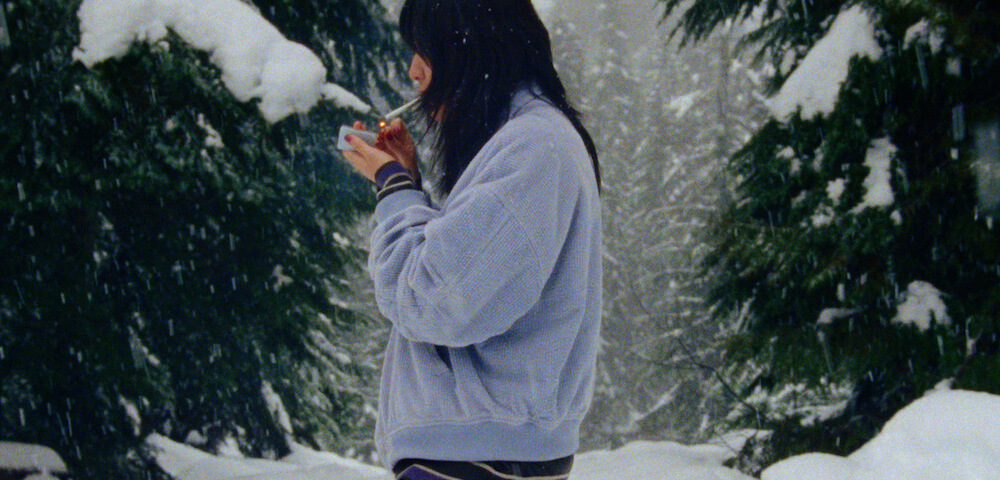
LAKE FOREST PARK
dir. Kersti Jan Werdal, 2021
60 mins. United States.
In English.
SATURDAY, APRIL 19 – 5 PM followed by a discussion with Kersti Jan Werdal moderated by filmmaker Lucy Kerr
ONE NIGHT ONLY!
TICKETS
Kersti Jan Werdal’s official synopsis for LAKE FOREST PARK is deceptively simple, calling it “a coming-of-age story about a group of friends dealing with the secret of a classmate’s death.”
Understated and enigmatic, LAKE FOREST PARK accepts the mystery of everyday life in its fragmented and observational approach. The film’s empty spaces, damp greenery and austere beauty perfectly capture the environment of the film’s Washington state locale, to say nothing of the real-life Lake Forest Park – a suburb just north of Seattle (and, crucially, the filmmaker’s hometown.)
LAKE FOREST PARK is set in the early 21st century; Werdal told an interviewer she was drawn to the era’s lack of social media, and the fact that “Escape and connection had to be accessed through other modes.” But only the closest of watchers will register that context, as Werdal’s bigger project suffuses the eternal ups and downs of the classic American adolescent experience with a palpable sense of melancholy. If not for that undercurrent of mourning – and the filmmaker’s clear fascination with human behavior, down to minute details worked out beautifully with her teenage cast – LAKE FOREST PARK would deserve serious praise as a master class in Pacific Northwestern minimalism (or so-called “slow cinema”.) Beyond that, Werdal’s film is a haunting meditation on grief, and one of the most exciting feature debuts of the decade thus far.
“With LAKE FOREST PARK, I thought of Western music, the first five minutes before the title being the epigraph and the final scene as the coda: ‘a reverberation of something already heard’…. There are certain things I gravitate towards in the edit, such as inconclusive endings, steering away from any fabricated drama, and leaning into restraint rather than spelling out what is happening or why to the audience. I’d prefer the viewer have more agency rather than dictate how they should feel. I’d like the viewer to participate, rather than sit passively.” – Kersti Jan Werdal, interview with the Grand Cinema
“LAKE FOREST PARK was photographed on 16mm film, giving it the patina of an aged object (the lovely grain patterns and warm tone here are a far cry from the flat, hard edges and cool colors of much current digital photography). Quite simply, it’s a beautiful object to look at… A very fine film from an exciting young filmmaker.” – Daniel Gorman, In Review Online
“If Gus Van Sant can be seen as an influence, this film is arguably the inverse of his PARANOID PARK, wherein a fictitious story was lent legitimacy through the application of a form of documentary realism. Here, a documentary subject is realised through a fiction film method. Closer to reinterpretation than recreation, the film becomes a fabrication responding to reality.” – Matt Turner, nonlinearities
screening with
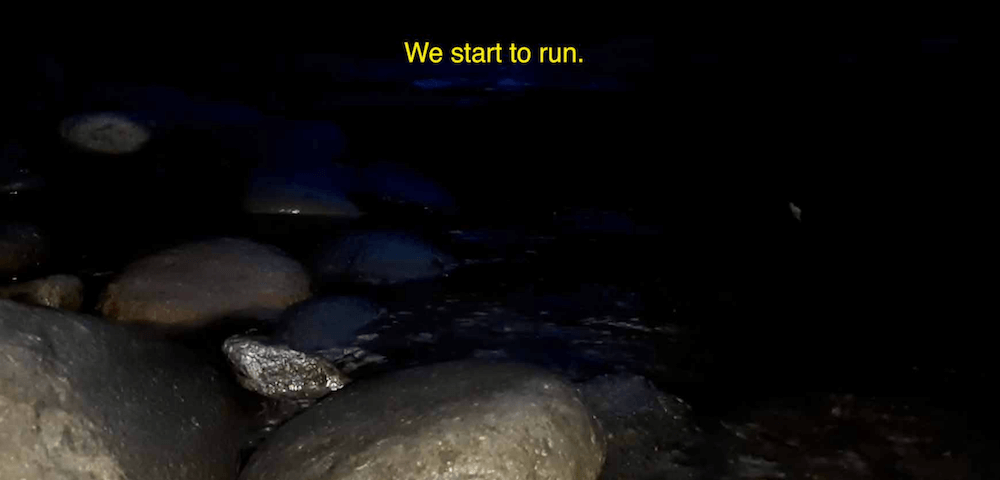
NIGHT RUN
dir. Kersti Jan Werdal, 2023
4 mins. United States.
Memory of a night.
INNEY PRAKASH, a film curator and critic originally from Detroit, Michigan, is the founder and director of Prismatic Ground, an avant-garde film festival in New York City. His previous roles include Co-Director of Programming at Maysles Documentary Center and Curatorial Lead for the San Diego Asian Film Festival. Prakash has also contributed to festivals like Sundance and SXSW. His writings have appeared in Filmmaker Magazine, Film Comment, and several other platforms, reflecting his deep engagement with the film community. He is presently the Film Curator at Asia Society NYC.
LUCY KERR is a filmmaker, artist, and choreographer from Texas and currently based in New York. She was named one of the 25 New Faces of Independent Film in Filmmaker Magazine in 2022. Her debut feature film, FAMILY PORTRAIT, garnered her the Boccalino d’Oro for Best Director at Locarno Film festival, the Best Director Award from Black Canvas Film Festival, the Best Picture, Best Actress, and the Best Artistic Contribution Awards from Hainan Island International Film Festival. The film made its theatrical premiere at Metrograph after making its world premiere at Locarno Film Festival and screening at festivals including Chicago International Film Festival, El Gouna Film Festival, American Film Festival, among others. Kerr’s short films have screened at IFFRotterdam, FIDMarseille, San Sebastian International Film Festival, DocLisboa, and others.
KERSTI JAN WERDAL is a filmmaker whose work centers around collective memory, hidden cultural truths, and place. Demanding the audience take a direct role while viewing, she typically situates specific plot-points opaque, and prefers to pivot away from the expository. Her films focus on off-screen sound and framing of the subject to tell a story, while often working within a structuralist form.
Her films have shown at IDFA, Camden International Film Festival, Prismatic Ground, Pesaro International Festival, Festival Ecrã, Blum & Poe, Galerie Allen, Anthology Film Archives, Northwest Film Forum, and Metrograph.
Werdal has also collaborated as Editor on films made by other Directors. These works have screened at MoMA, Dokufest International, Visions du Reel, Metrograph, and Ji.hlava.
She received her BFA from Columbia University in Sociocultural Anthropology and Art History, as well as an MFA in Film/Video from California Institute of the Arts.
Presently, she is in pre-production for her next film, to be shot in Italy this Summer.
